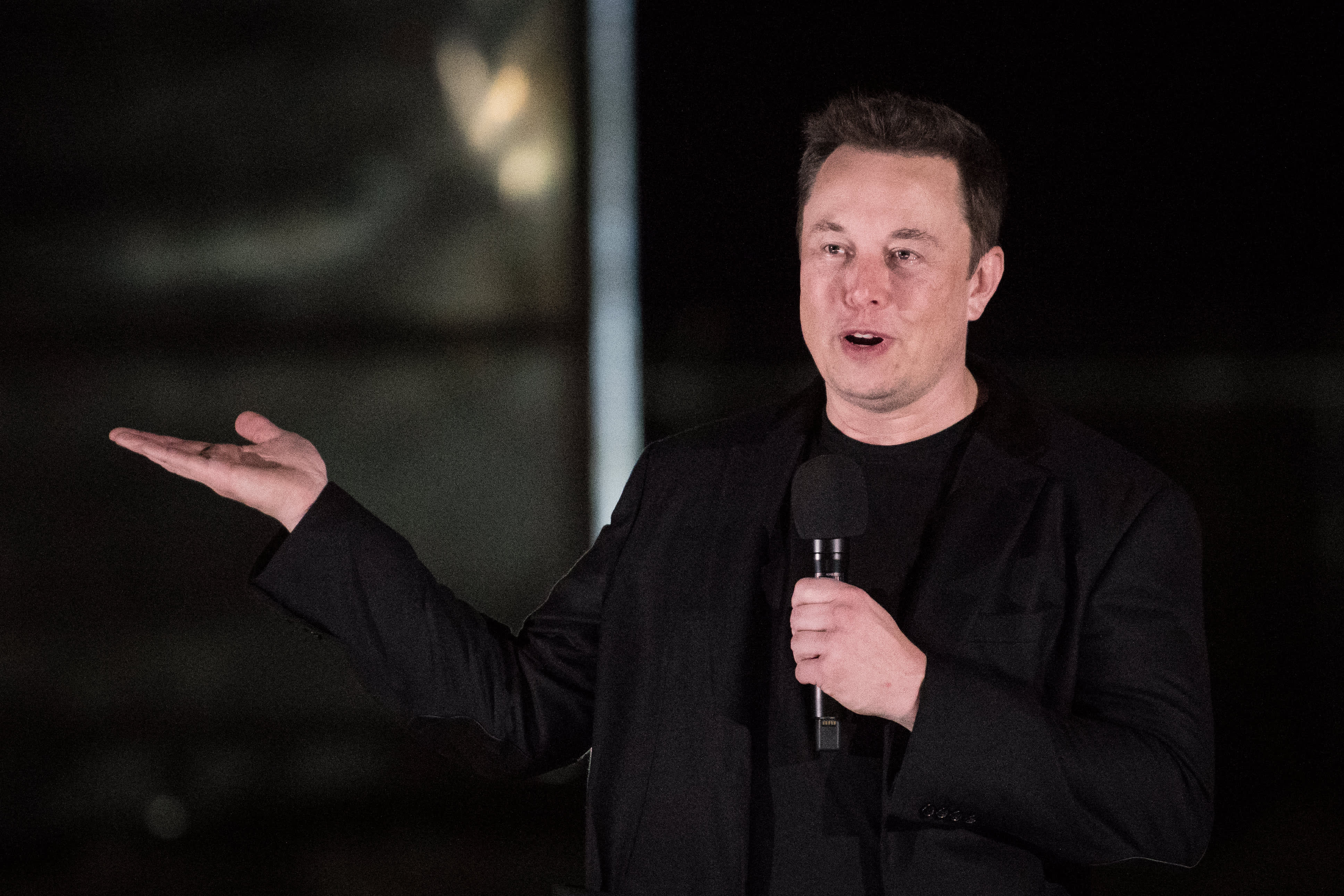This post was originally published on this site

SpaceX founder and CEO Elon Musk remains focused on his vision for the company: Establishing a permanent human presence on Mars, with its Starship rockets carrying people to and from the red planet.
“We don’t want to be one of those single planet species, we want to be a multi-planet species,” Musk said on Friday, speaking after the company launched its Crew-2 mission to orbit.
“It’s been now almost half a century since humans were last on the moon. That’s too long, we need to get back there and have a permanent base on the moon — again, like a big permanently occupied base on the moon. And then build a city on Mars to become a spacefaring civilization, a multi-planet species,” Musk also said.
Starship is the enormous stainless steel rocket that SpaceX has been building and testing at its development facility in Boca Chica, Texas. Starship’s goal is to launch cargo and people on missions to the moon and Mars. Current Starship prototypes stand at about 150 feet tall, or about the size of a 15-story building, and each one is powered by three Raptor rocket engines.
Musk has previously estimated that it will cost about $5 billion to fully develop Starship, although SpaceX has not disclosed how much it has spent on the program to date. The company has steadily raised funds in the past few years, to fund both Starship and its similarly ambitious Starlink project, with SpaceX’s valuation soaring to about $74 billion — making it one of the most valuable private companies in the world.
Additionally, SpaceX last week won a $2.9 billion contract from NASA, to help the space agency land astronauts on the moon’s surface with the first crewed mission targeting 2024.
“[Starship has] mostly been funded internally thus far and it’s pretty expensive. As you can tell, if you’ve been watching videos, we’ve blown up a few of them,” Musk said.
The company has performed multiple successful test flights of Starship, although landing attempts after the last four high-altitude flights ended in fiery explosions. Despite the the prototypes’ destruction, SpaceX sees the test flights as progress toward creating a rocket that is fully reusable. SpaceX’s current Falcon fleet of rockets is partially reusable, as the company can land and reuse the rocket’s boosters.
But Musk hopes Starship transforms space travel into something more akin to commercial air travel. The rocket’s enormous size would also make it capable of launching several times as much cargo at once — for comparison, while SpaceX’s Falcon 9 rockets can send as many as 60 Starlink satellites at a time, SpaceX says Starship will be able to launch 400 Starlink satellites at a time.
Musk remains “highly confident” that SpaceX will land humans on Mars by 2026, saying last December that it’s an achievable goal “about six years from now.” He added that SpaceX plans to send a Starship rocket without crew “in two years.”
In the meantime, SpaceX has many milestones to go before Starship can carry passengers. The rocket has yet to reach orbit. Musk last year said that the company will fly “hundreds of missions with satellites before we put people on board.”
Musk may be focused on Mars, but the hurdles of Starship’s development are not lost on the space billionaire.
“It’s a tough vehicle to build because we’re trying to crack this nut of a rapid and fully reusable rocket,” Musk said. “But the thing that’s really important to revolutionize space is a rapidly reusable rocket that’s reliable, too.”

